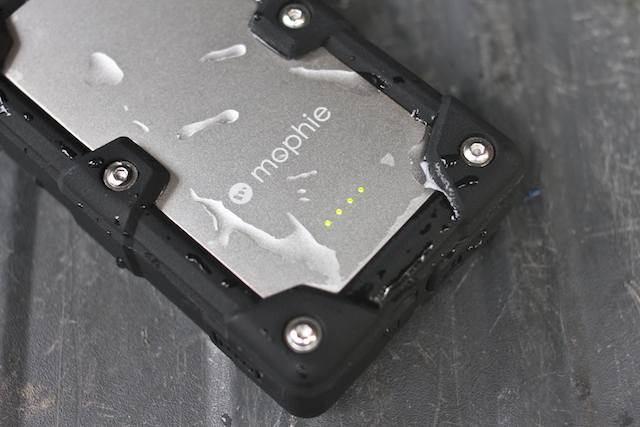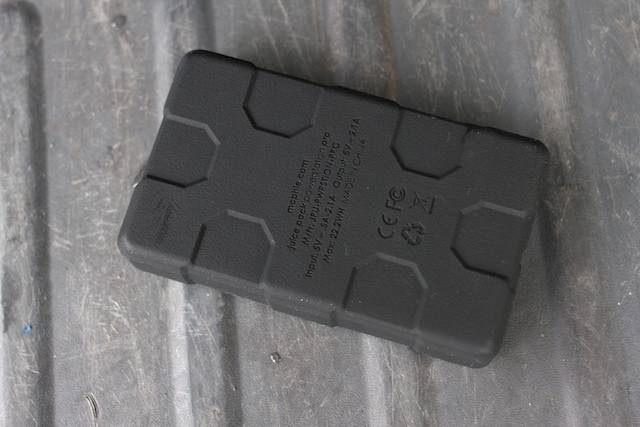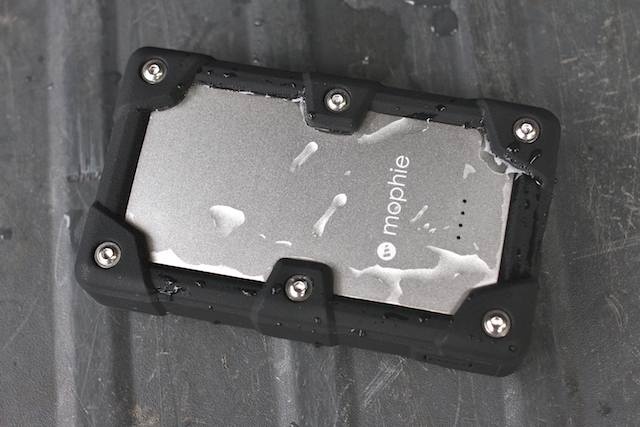Mophie Juice Pack Powerstation Pro : The Eleventh Essential for Adventure Junkies [Review]
There’s an important list every serious outdoor junkie has at least heard of — it’s called the Ten Essentials, and it lists gear no adventurer should journey into the wilds without. But it was codified long before the digital age arrived; now that power-hungry electronic gadgets are a part of adventuring, a relaible backup fuel tank is pretty important. It could even make the difference between life and death.
That’s where Mophie’s Juice Pack Powerstation Pro ($130) comes in. It’s a monstrous 6000 mAh chunk of a battery guarded by a ruggedized, military-spec housing — and it’ll charge practically anything short of a laptop.
Lots to Like:
So just how big is the Powerstation Pro’s battery? It’s huge. Consider this: The Powerstation Pro’s 6000 mAh battery has almost as much juice as the Toshiba Excite 10’s battery, which weighs in at 6600 mAh; not much smaller than the 7000 mAh cell of Samsung’s Galaxy Tab 10.1; it has almost three times the capacity of the Galaxy S3; and it has over four times the juice of the battery in the iPhone 5. The Powerstation Pro is also by far the biggest battery Mophie currently makes.
In fact, about the only battery that greedily slurped up all the juice in the Powerstation Pro and still looked hungry was the gigantic 11666 mAh battery of the New iPad.
Besides the large capacity, the PSP has something else going for it that makes it work well with tablets: Many external batteries are designed around less demanding devices, like phones, and can’t charge tablets because they don’t put out enough amps. But the PSP, which outputs 2.1 amps, has enough oomph to handle pretty much any mobile device we threw at it, including tablets.
The exterior of the device sports four features: a micro-USB port for charging the battery via a micro-USB cable (one is included); a four-dot battery fuel gauge; a button that starts the charger when charging, or displays remaining juice in the battery; and a USB port to charge devices from. It’s this last feature that makes the Powerstation Pro so useful — not only could we charge smartphones and tablets, but anything with a battery that plugged into a USB/mini-USB/micro-USB cable could be charged: Bluetooth headsets, scanners, wireless speakers, you name it (yes, even the iPhone 5).
Then there’s the military-spec ruggedizing and sealing, the latter which is rated to IP-65; this means the Powerstation Pro is designed to seal out dust completely, and can seal out low-pressure water jets directed at it. Two gasket-sealed flaps cover the USB and micro-USB ports.
The Powerstation Pro seemed to handle dusty environments just fine. I used the battery out on hikes out on Arizona’s dusty trails without problem. Of course, this doesn’t prove much — except that I was much less careful, and much more confident about using the PSP in dusty, dirt-filled conditions. To test water-sealing, I took the battery into the shower with me, dried it off and topped off a phone. No problems. And the PSP’s rubber corners handled moderate drops without a problem.
On the Other Hand…
Big batteries take a long time to fill. Once drained, topping the Powerstation Pro up to full again took about nine hours.
It’s porky. This wasn’t a battery we were easily able to stuff into a pocket. It’s also really expensive — you’re paying a premium for all that ruggedizing. If you’re not going off into the boonies and want to save a little dosh (and get a smaller battery to boot) consider Mophie’s more pedestrian, 4000 mAh, $80 Juice Pack Powerstation (without the “Pro”) instead.
Verdict:
The Powerstation Pro is almost too bulky and expensive for daily use. But its flexibity, heavy armor and massive fuel tank make it the eleventh essential for any outdoor adventurer with digital gear.
[xrr rating=80%]
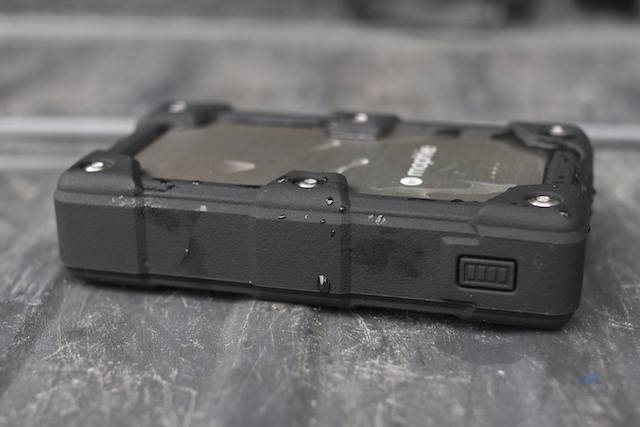
The button on the right starts juice flowing from the battery to a gadget; it also doubles as the fuel gauge button.
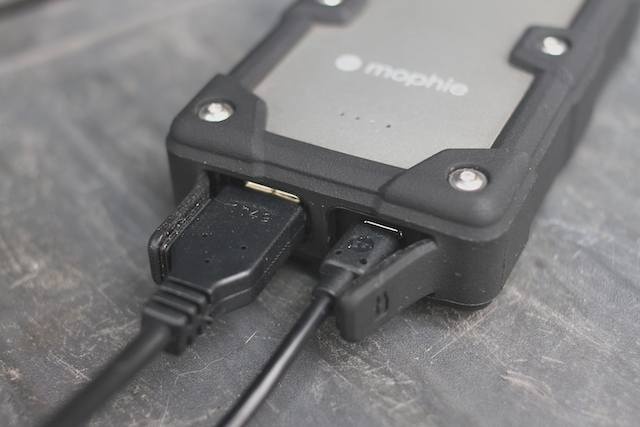
Power leaves the battery via USB to charge a tablet on the left; the battery gets topped off via micro-USB on the right. Note that this image is just to illustrate the function of each port — simultaneously charging and draining the battery is not possible.

